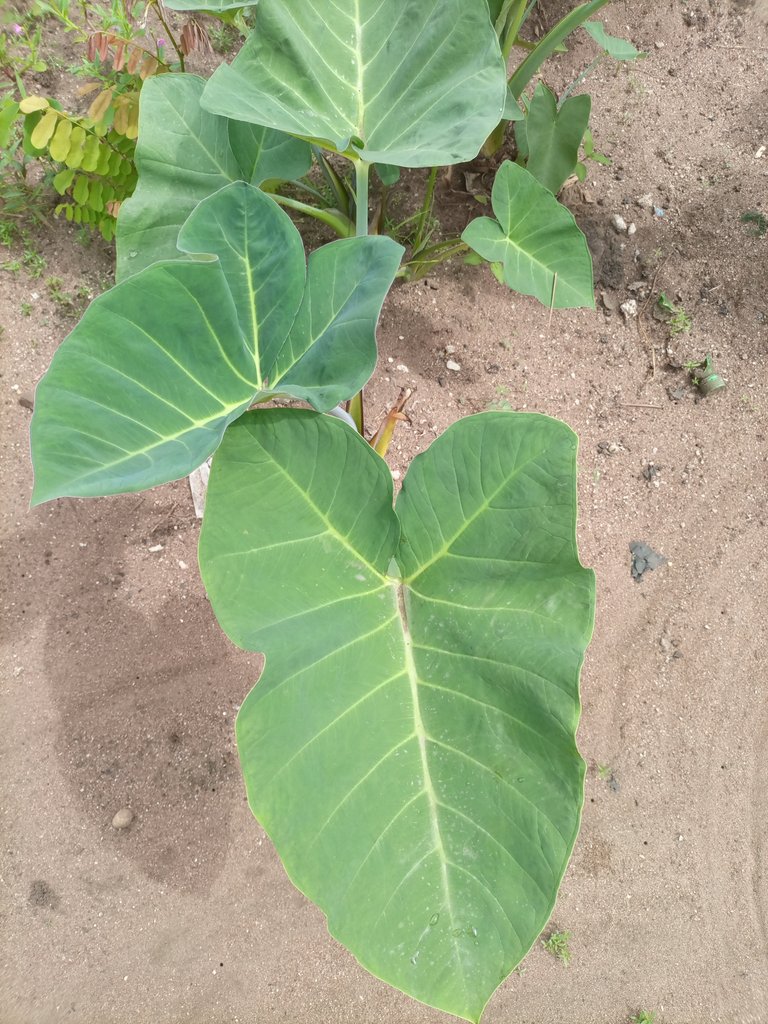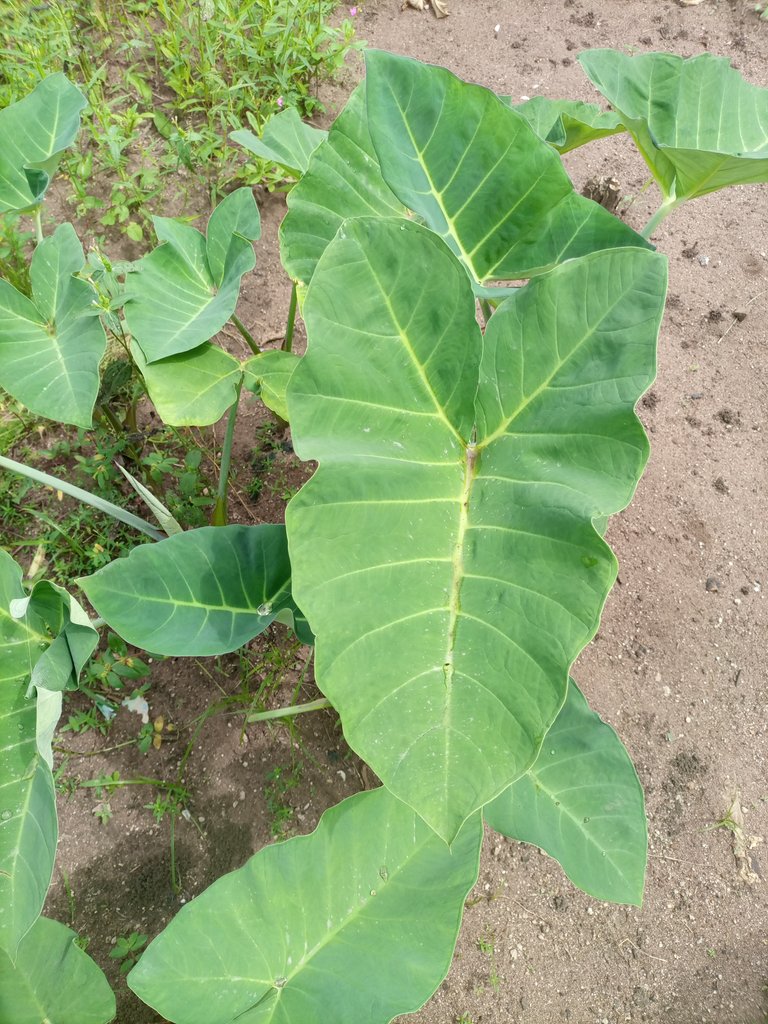Cocoyam Farming: A Sustainable Venture for Agricultural Enthusiasts
Good evening great people of hive community, I hope we all enjoyed our day, I am back this evening to talk about Cocoyam. It's one of the best African food that's highly nutritional foods eaten by 85% of Nigerians. Please read to the end of this article to know more about cocoyam.

Cocoyam, a versatile and nutritious tuber crop, has been a staple in many diets around the world for centuries. With its ability to thrive in diverse climates and soil conditions, cocoyam farming presents a promising venture for agricultural enthusiasts seeking sustainable and resilient crops.
**1. ** Introduction to Cocoyam:
Cocoyam, scientifically known as Xanthosoma and Colocasia, includes several varieties like taro and eddoe. These tubers are rich in carbohydrates, dietary fiber, and essential minerals, making them a valuable addition to diets globally.
**2. ** Cocoyam Farming Practices:
**a. ** Climate and Soil Requirements:
Cocoyam is known for its adaptability to various climates, but it generally thrives in tropical and subtropical regions. Well-drained, loamy soils with a slightly acidic to neutral pH provide optimal conditions for cocoyam cultivation.
**b. ** Planting and Propagation:
Cocoyam is propagated through corms, small bulbs found at the base of the plant. Planting is typically done at the onset of the rainy season, ensuring adequate moisture for initial growth. The corms are planted about 5-10 centimeters deep in rows with sufficient spacing.
**c. ** Cultivation and Care:
Regular weeding is essential to eliminate competition for nutrients, and mulching helps retain soil moisture. Cocoyam requires consistent watering, especially during dry periods, and benefits from organic fertilizers to enhance soil fertility.
**3. ** Harvesting and Post-Harvest Management:
Cocoyam is ready for harvest approximately 8-12 months after planting, depending on the variety. Harvesting involves carefully digging up the corms to avoid damage. Proper post-harvest handling includes cleaning, curing, and storing in a cool, dry place to prevent spoilage.
**4. ** Challenges and Pest Management:
Like any crop, cocoyam faces challenges such as pests and diseases. Common pests include nematodes and aphids, while diseases like leaf blight and corm rot can affect yield. Integrated pest management practices, crop rotation, and disease-resistant varieties can help mitigate these issues.
**5. ** Market Opportunities:
The demand for cocoyam has been steadily increasing due to its nutritional benefits and culinary versatility. Farmers can explore local markets, grocery stores, and even international markets to sell their produce. Additionally, value-added products like cocoyam flour and chips offer entrepreneurial opportunities.
**6. ** Environmental Benefits:
Cocoyam farming contributes to environmental sustainability. The plant's ability to thrive in diverse conditions reduces the need for excessive inputs, and its deep root system aids in preventing soil erosion.

**7. ** Conclusion:
Cocoyam farming holds immense potential for those looking to engage in sustainable agriculture. Its adaptability, nutritional value, and market demand make it a viable option for farmers seeking a resilient and environmentally friendly crop. With proper cultivation practices and a focus on quality, cocoyam farming can not only contribute to food security but also offer economic opportunities for agricultural enthusiasts.
Thank you for stopping by to read my article, I believe you enjoyed it. Please do not forget to comment, I love you all.
@tipu curate
Upvoted 👌 (Mana: 38/58) Liquid rewards.
I can't thank you enough, I truly appreciate
Thank you so much......I am grateful.